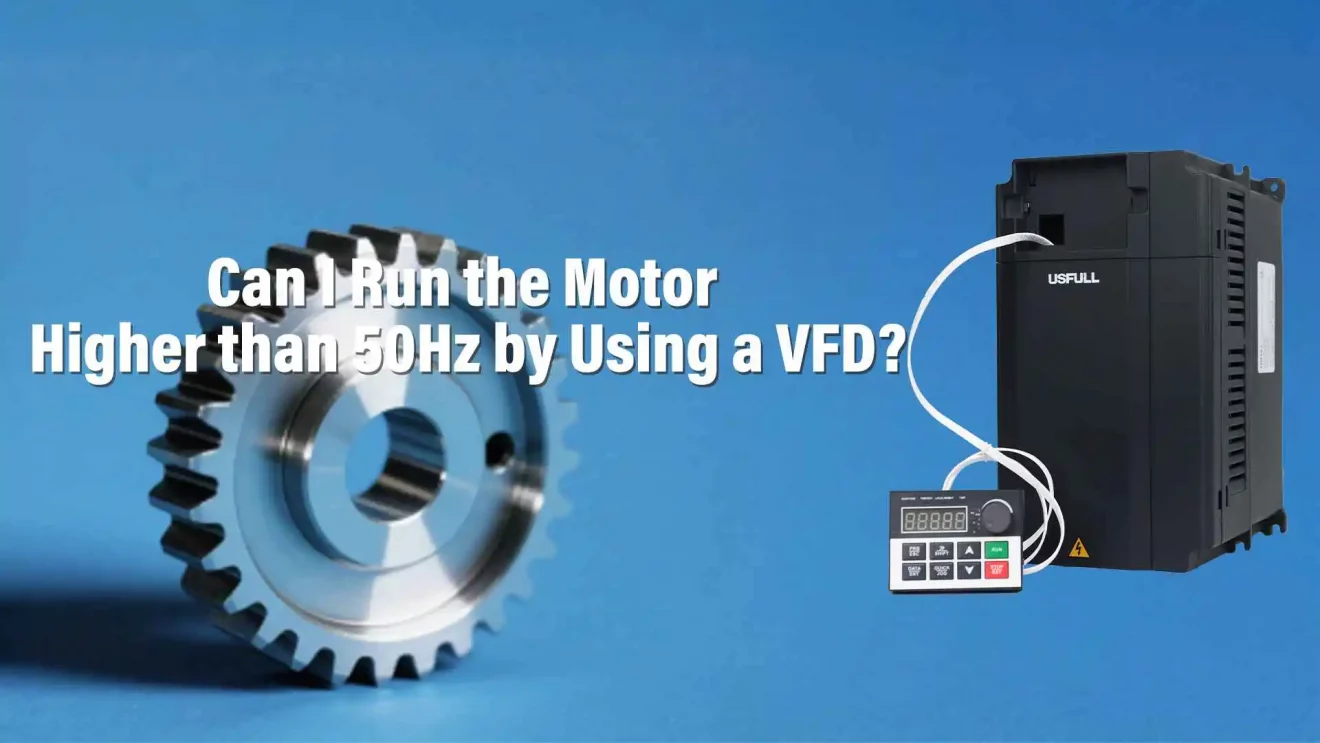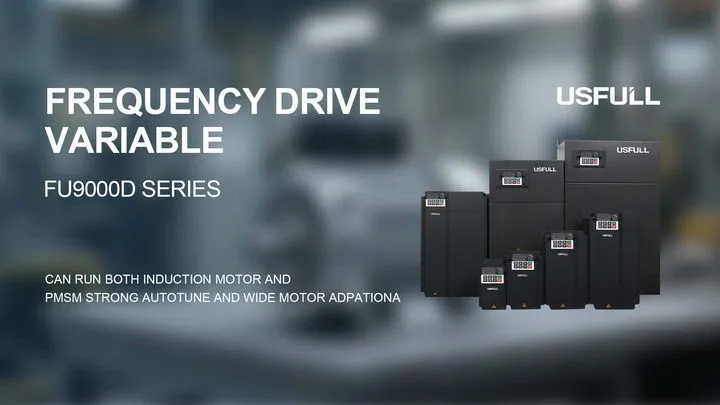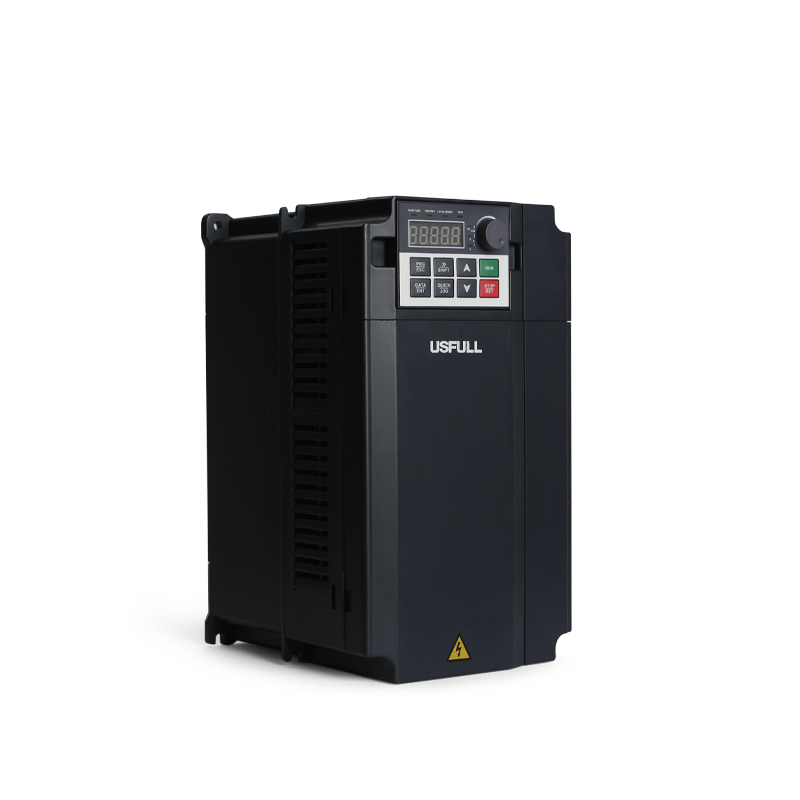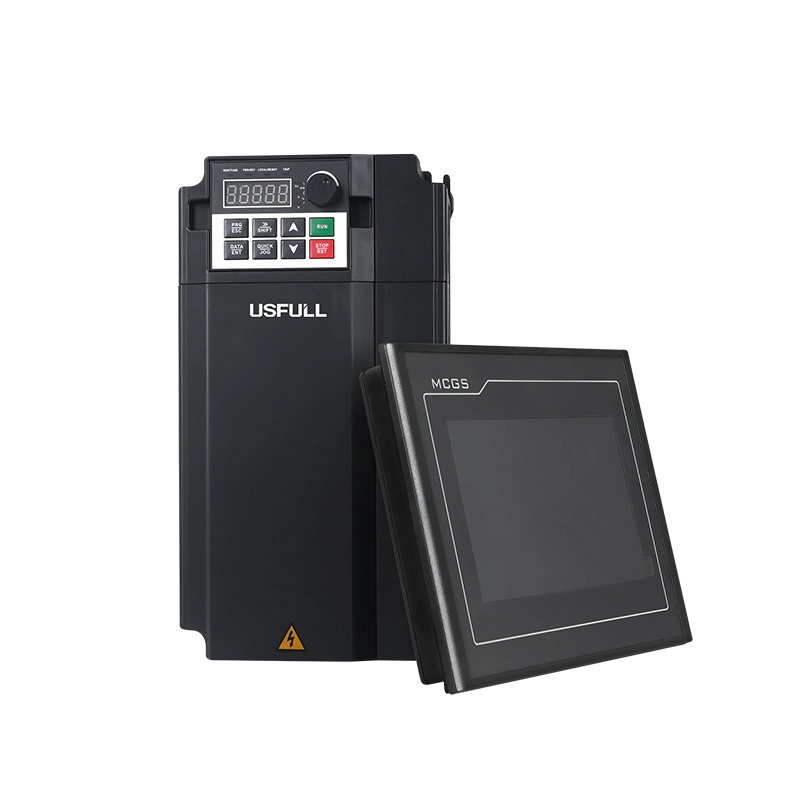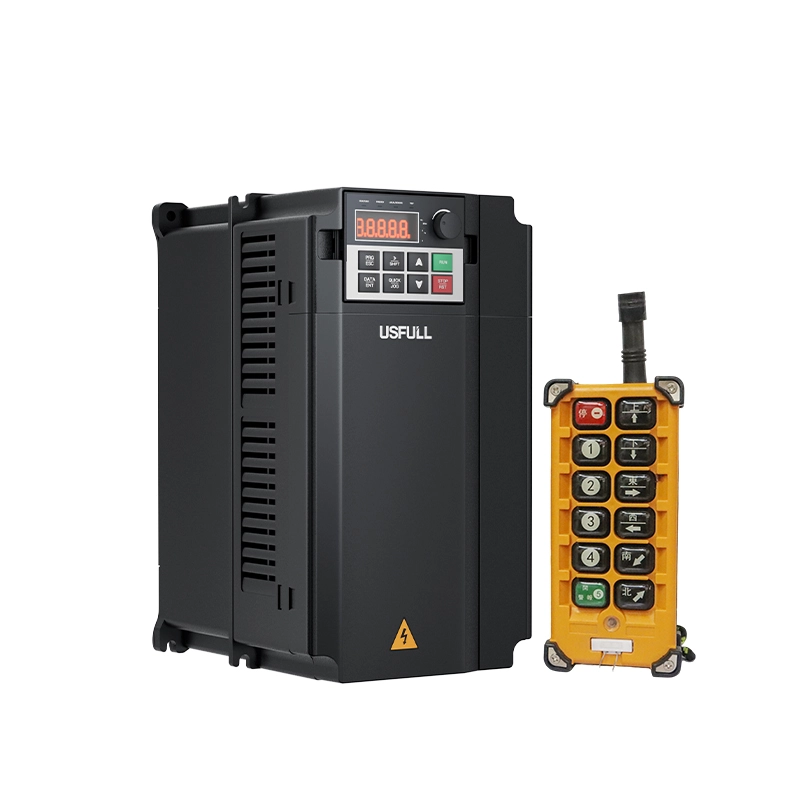Standard AC motors are designed for fixed speeds—forcing you to sacrifice flexibility in your system.
Pushing motors beyond 50Hz without precautions may lead to excessive heat, vibration, or even premature failure.
Using a Variable Frequency Drive (VFD) allows controlled overspeed, but only when done correctly—this article shows you how.
Yes, you can run a 50Hz motor above its rated frequency u ing a VFD, but it requires careful planning, system compatibility, and manufacturer verification to ensure reliable and safe performance.
Understand how a frequency inverter affects your system to avoid costly damage—let’s go deeper.
Can I Run a 50Hz Motor on 60Hz by Using a VFD?
Yes, you can run a 50Hz motor at 60Hz using a VFD (Variable Frequency Drive), but it must be done with caution. A 4-pole motor operating at 50Hz typically spins at 1500 RPM. When increased to 60Hz via a VFD, its speed jumps to about 1800 RPM—a 20% rise. This change may stress the motor shaft, bearings, and insulation.
While some motors are dual-rated for 50/60Hz, others are not designed for prolonged overspeed operation. Key risks include reduced torque output due to voltage limitations, increased heat generation, and accelerated mechanical wear. Always confirm with the motor manufacturer before applying higher frequencies with a variable speed drive.
What Is the Maximum Frequency of a VFD Motor?
Most modern frequency inverters or VFDs can output frequencies far beyond standard utility levels—up to 100Hz, 200Hz, or even 400Hz. However, the limiting factor is almost never the VFD; it’s the motor and load. Standard motors are usually safe at 10–20% over their rated frequency. Beyond that, specialized high-speed motors with reinforced rotors and bearings are required.
If your system demands higher speeds, consider using a VFD supplier that offers customizable inverter VFDs with built-in overspeed protection, motor tuning functions, and advanced cooling strategies to prevent damage.
Can a VFD Go Higher than 60Hz?
Yes. Many VFD manufacturers in China, including USFULL, offer drives that easily support up to 120Hz or more. This means your motor could, in theory, run at double speed—if it can handle the mechanical and thermal loads.
But frequency alone isn’t enough. As frequency increases past the motor’s base frequency, voltage usually caps out. This shifts the operation into the constant horsepower zone, where torque reduces as speed increases. If your load is torque-sensitive (e.g., compressors or conveyors), this may cause process inefficiencies or equipment failure.
Use a variable frequency inverter that allows frequency limits, torque monitoring, and acceleration ramp settings to ensure optimal and safe operation.
Is It Okay for a Motor to Run More Than Rated Speed?
Yes—within limits. Overspeeding motors is common in industries using Variable Speed Drives (VSDs), but it’s only safe if the motor is engineered for it. According to NEMA MG1 standards, many motors can handle up to 125% of rated speed briefly. But continuous overspeed operation without validation can cause:
Excessive centrifugal force on the rotor
Increased vibration and noise
Reduced bearing lifespan
Insulation wear and overheating
Variable frequency drive manufacturers recommend that any overspeed operation be validated through performance tests, vibration monitoring, and temperature tracking. Use VFDs with overspeed alarms and cooling options.
Practical Considerations and Guidelines
Running motors beyond 50Hz needs thoughtful engineering. Below are essential guidelines when using a VFD manufacturer’s equipment to exceed nominal frequency:
Bearings and Balance: Ensure bearings can handle increased RPMs without overheating.
Cooling and Ventilation: Shaft-mounted fans might help, but additional airflow might be needed.
Torque Limits: Above base frequency, the motor may enter a “flux weakening” zone—reduced torque, especially under heavy load.
System Resonance: Higher speeds can cause vibration or harmonics. Consider dynamic balancing.
Ramp Settings: Use soft acceleration/deceleration ramps to prevent shock loads.
Work with a trusted VFD supplier to ensure your frequency inverter includes customizable motor parameters and overload protections.
Advanced Considerations: High-Frequency Applications
When operating above 100Hz, standard motors typically won’t suffice. This is where specialized high-speed motors and advanced VFDs come in:
Spindle Motors: Often used in CNCs, these motors run at tens of thousands of RPM, using ceramic bearings and precision rotors.
Dedicated High-Frequency VFDs: Designed with fast-switching IGBTs or SiC MOSFETs for high efficiency and minimal heat.
Cooling Systems: Advanced designs might include water-cooling or forced air to remove heat.
Load Coupling: Gearboxes, belts, and shafts must be evaluated for resonance and reliability at higher speeds.
Choose a VFD manufacturer in China that offers application-specific solutions, not just generic drives. USFULL, for example, supports custom motor-VFD matching for high-speed machinery.

